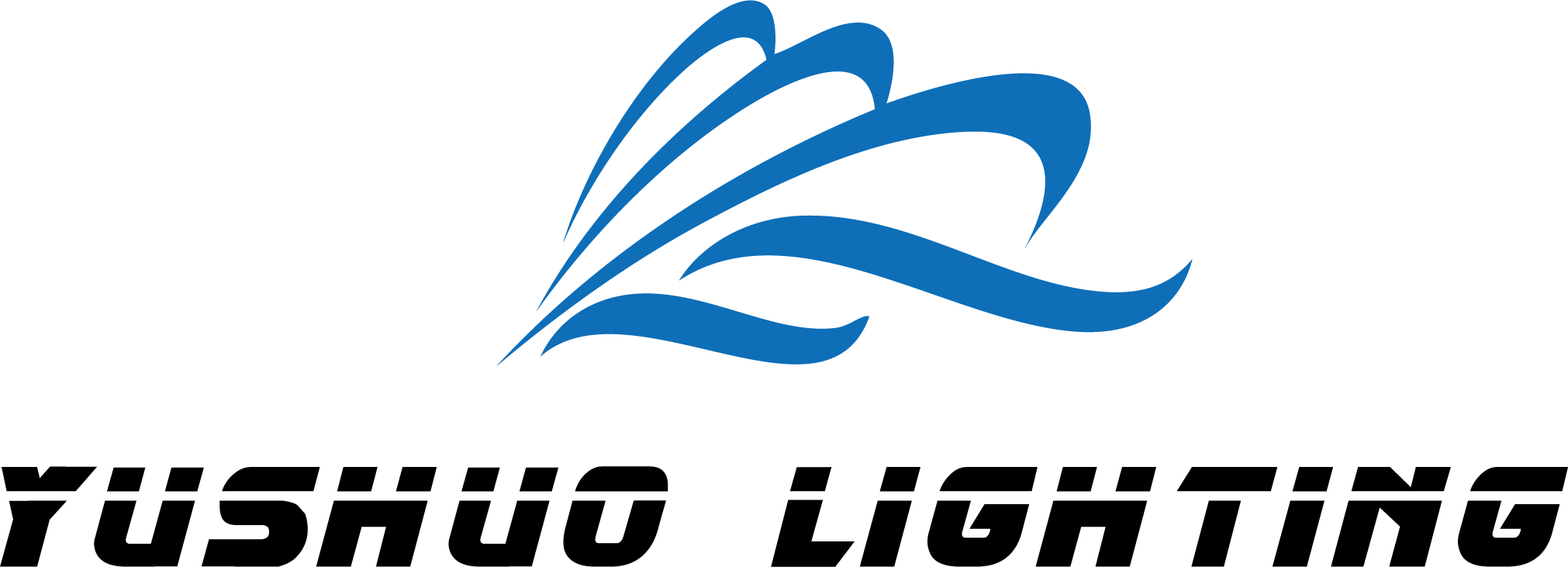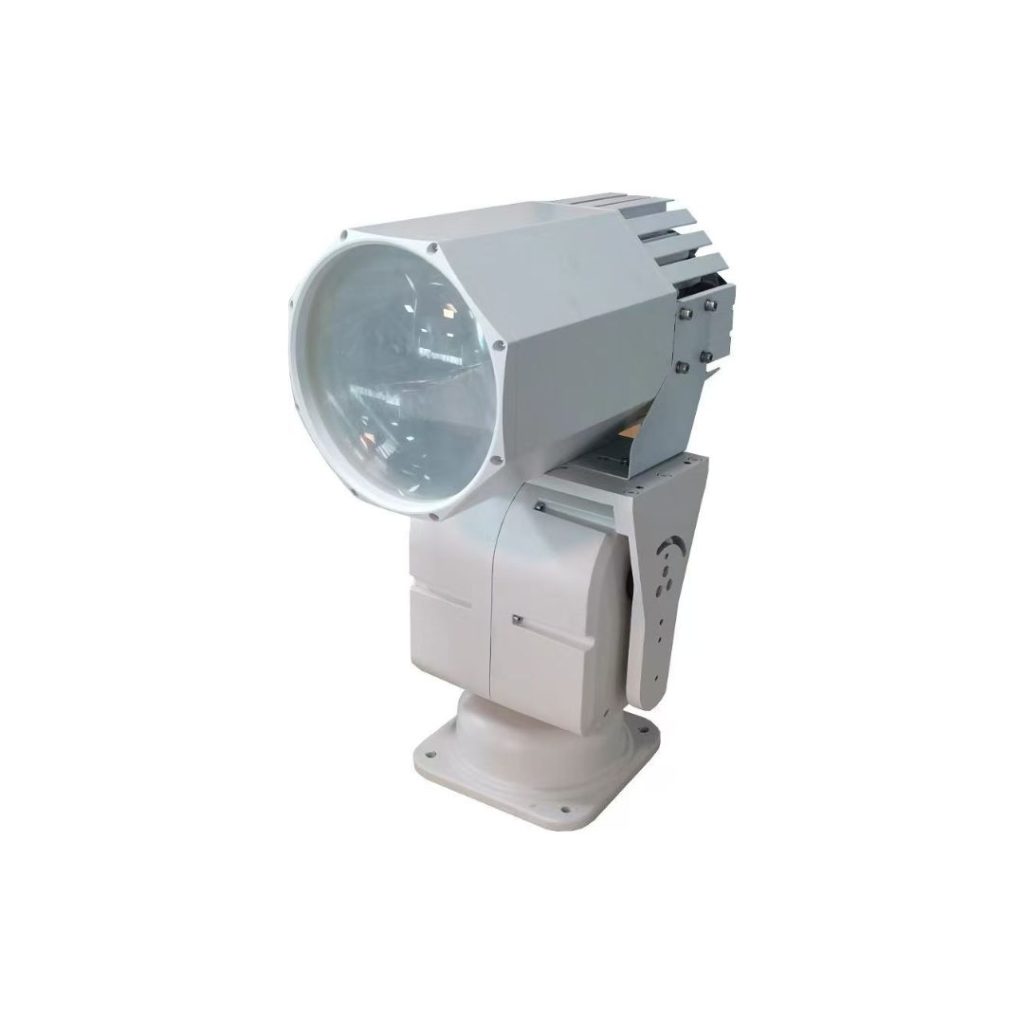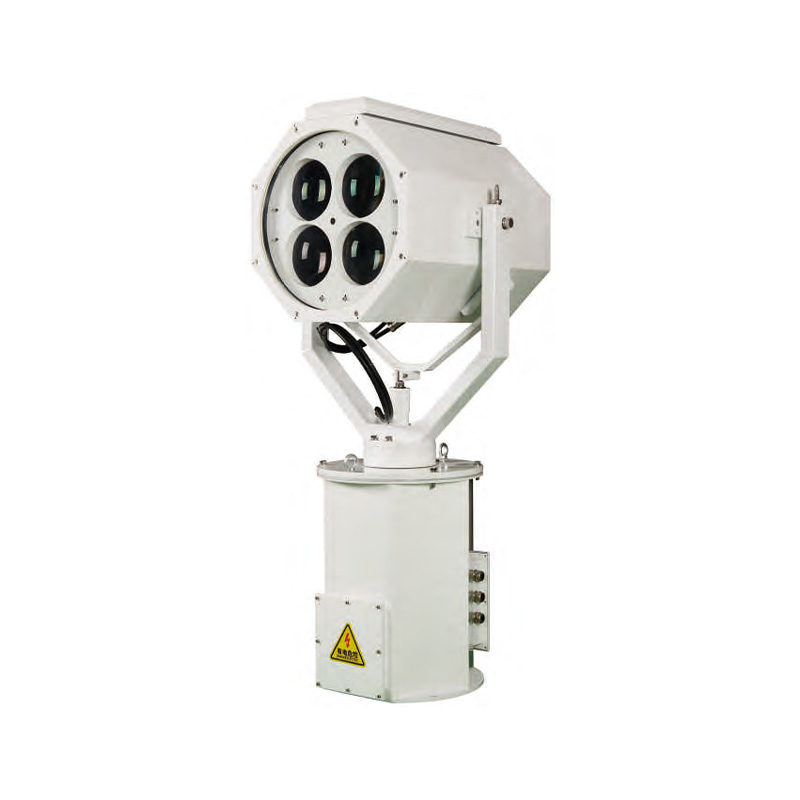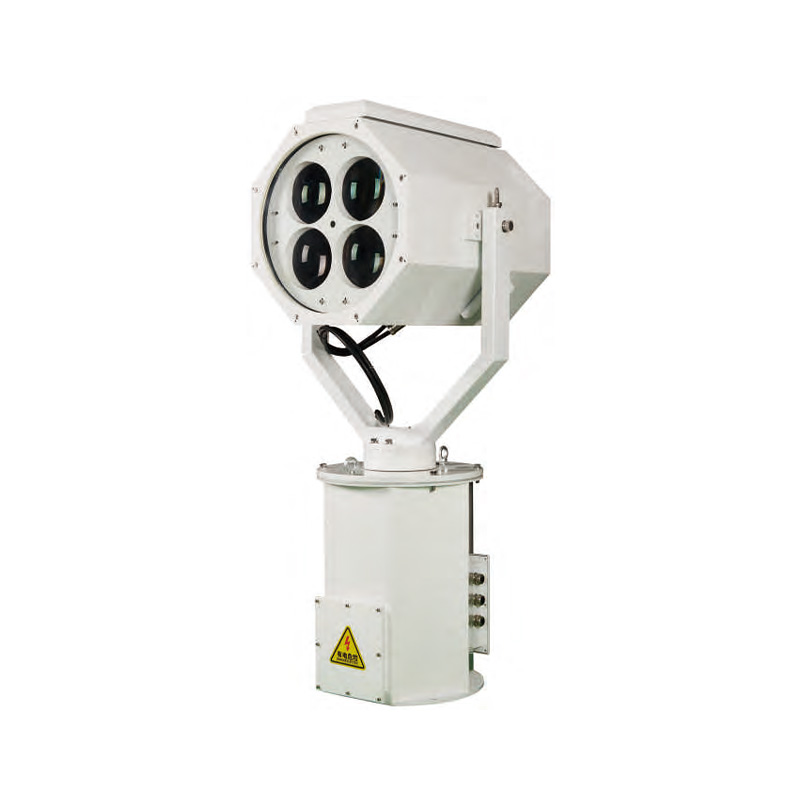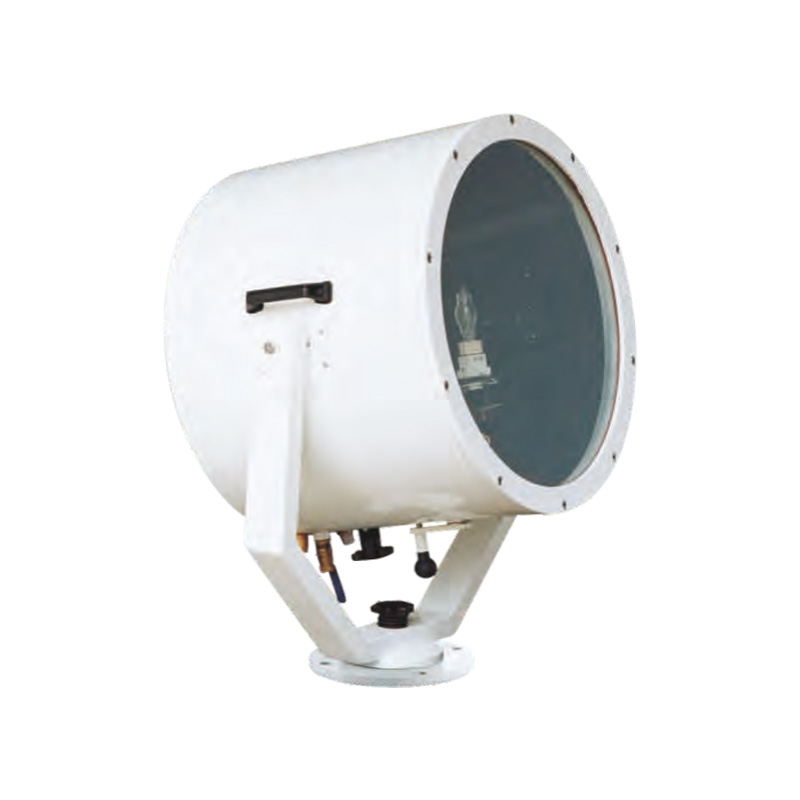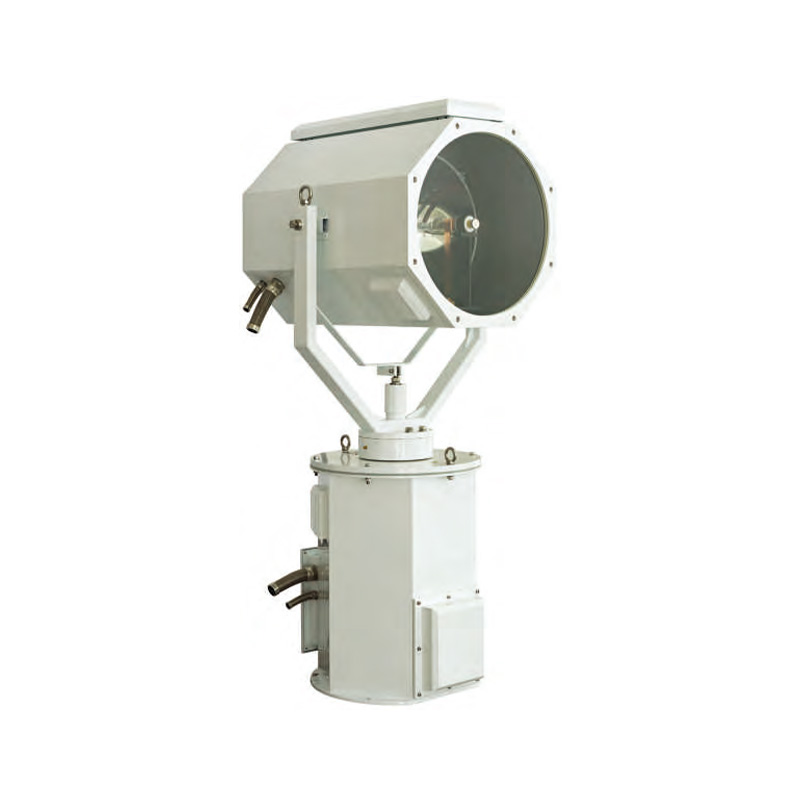How to Prolong the Lifespan of Marine Searchlights Effectively
Marine searchlights are essential for enhancing visibility during night voyages, rescue missions, and other maritime operations. However, given the harsh marine environment, extending the lifespan of searchlights requires diligent care, proper maintenance, and smart operational practices. In this article, we discuss effective strategies to prolong the lifespan of marine searchlights while maintaining their performance and reliability.
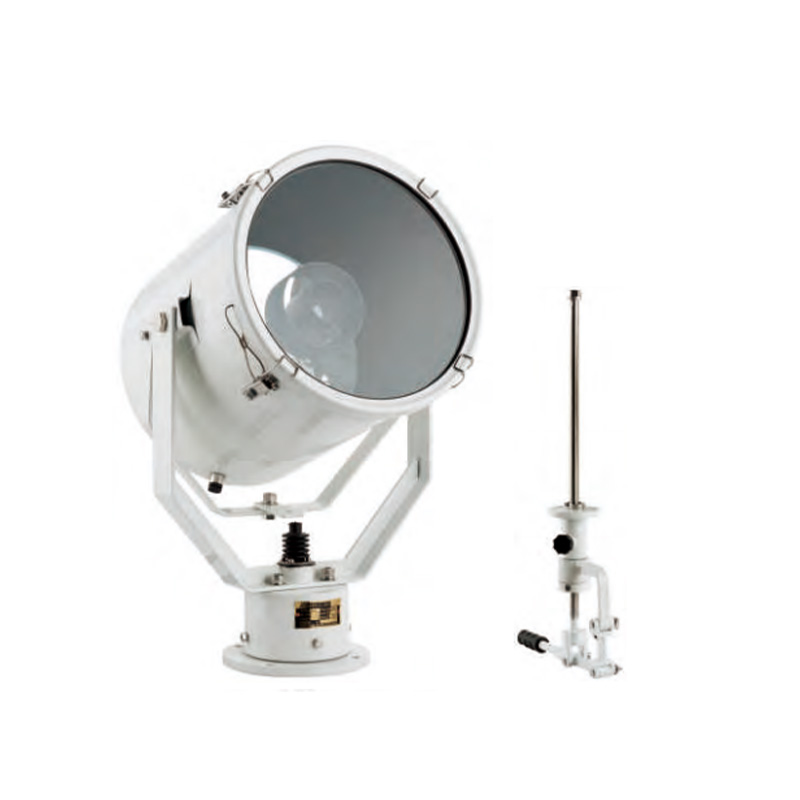
Table of Contents
Challenges in Maintaining the Longevity of Marine Searchlights
This chart provides a concise overview of the primary challenges affecting the longevity of marine searchlights and the consequences if they are not addressed.
| Challenge | Description | Impact |
| Saltwater Corrosion | Searchlights continuous exposure to salty environments causes oxidation and rusting of materials. | Leads to structural degradation, reducing durability. |
| Vibration and Shock | Constant vibrations from engines and waves can loosen or damage internal components. | Causes mechanical wear, misalignment, and failure of critical parts. |
| Overheating | High-intensity operation generates heat, which, without proper dissipation, damages components. | Reduces lifespan of light sources, especially LEDs. |
| Water and Moisture Ingress | Exposure to water, humidity, and condensation compromises internal electronics and lens clarity. | Results in electrical faults and reduced performance. |
| UV and Temperature Extremes | Prolonged UV exposure and temperature fluctuations degrade housing and internal materials. | Causes fading, cracking, or warping of external parts. |
| Lens Contamination | Accumulation of salt, grime, and marine organisms on the lens surface affects light output. | Reduces beam intensity and visibility. |
| Power Supply Instability | Voltage fluctuations or inconsistent power sources stress electrical components. | Leads to premature failure of circuits and LEDs. |
| Maintenance Accessibility | Difficulty in accessing searchlights for repairs or inspections, especially on large vessels. | Increases downtime and delays essential repairs. |
| Lack of Preventive Maintenance | Neglecting regular cleaning, inspection, and part replacements exacerbates wear and tear. | Shortens the overall operational lifespan of the equipment. |
| Environmental Regulations | Complying with stricter environmental standards may limit material choices or repair options. | Adds complexity to maintenance and replacement processes. |
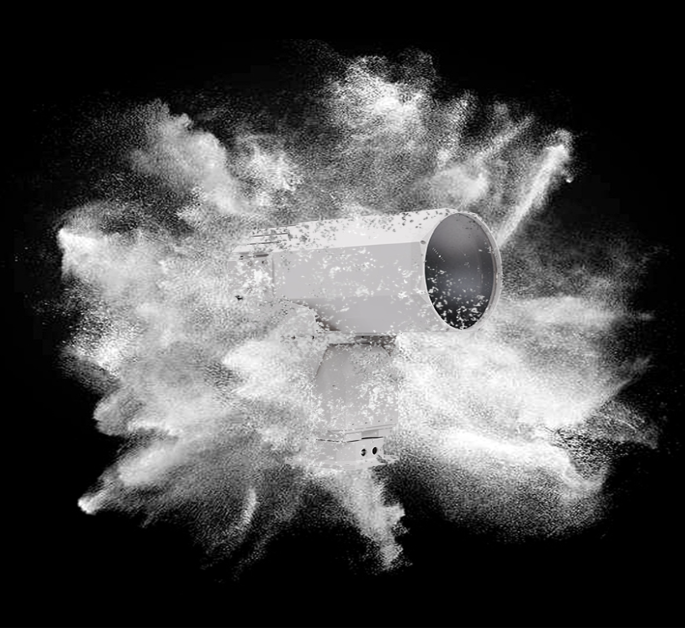
Best Practices for Prolonging the Lifespan of Marine Searchlights
1. Regular Cleaning and Inspection
Routine cleaning is critical to maintaining the performance of marine searchlights. Salt and grime can accumulate on the lens and reflective surfaces, reducing light intensity and beam clarity. Use fresh water and a mild detergent to clean the lens and housing, ensuring that no residue is left behind. Periodic inspections should also be conducted to identify cracks, corrosion, or other signs of damage that may compromise the searchlight’s integrity.
2. Protect Against Corrosion
Corrosion is one of the primary enemies of marine equipment. To combat this, ensure that the searchlight’s housing is made of corrosion-resistant materials such as stainless steel or marine-grade aluminum. Additionally, apply protective coatings or sealants to vulnerable components to enhance resistance against saltwater and environmental elements.
3. Maintain the Electrical System
The electrical components of marine searchlights, including wiring, switches, and connectors, must be kept in optimal condition. Moisture intrusion can lead to short circuits and corrosion of electrical parts. Ensure that all electrical connections are watertight and use marine-grade cables and fittings designed for durability in harsh environments. Regularly check for loose connections or signs of wear in the wiring.
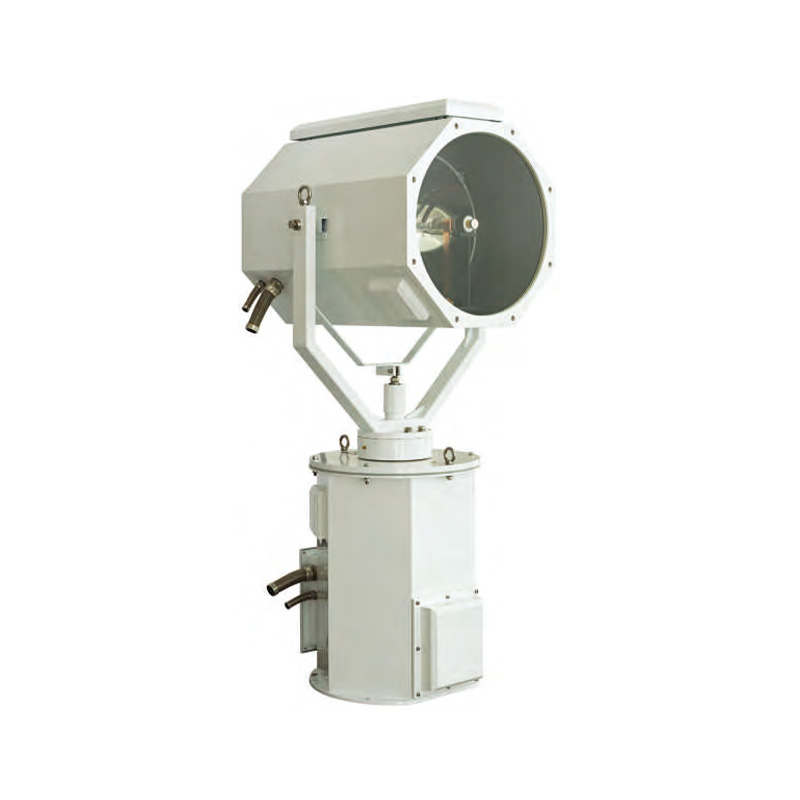
4. Use the Searchlight Appropriately
Prolonging the lifespan of a marine searchlight also involves mindful usage. Avoid operating the searchlight at maximum power for prolonged periods unless absolutely necessary, as this can generate excessive heat and strain the bulb or LED components. Follow the manufacturer’s guidelines for operational limits, such as recommended duty cycles, to prevent overheating and other damage.
5. Replace Worn Components Promptly
Key components such as bulbs, lenses, and gaskets may wear out over time due to regular use and environmental exposure. Replace these parts as needed with genuine, manufacturer-recommended spares to ensure optimal performance. Using substandard components can lead to decreased efficiency and potential failures.
6. Invest in Quality Searchlights
High-quality marine searchlights are designed to withstand the rigors of the marine environment. Opt for searchlights from trusted marine lighting manufacturers that offer robust designs, advanced sealing technology, and corrosion-resistant materials. While the initial investment may be higher, the improved durability and lower maintenance costs make them more cost-effective in the long run.
7. Implement a Preventive Maintenance Schedule
A preventive maintenance schedule ensures that all aspects of the searchlight are regularly checked and serviced before issues arise. Include tasks such as lens cleaning, lubrication of moving parts, inspection of electrical systems, and verification of beam alignment. Keeping a detailed maintenance log can also help track the condition of the searchlight and plan timely interventions.
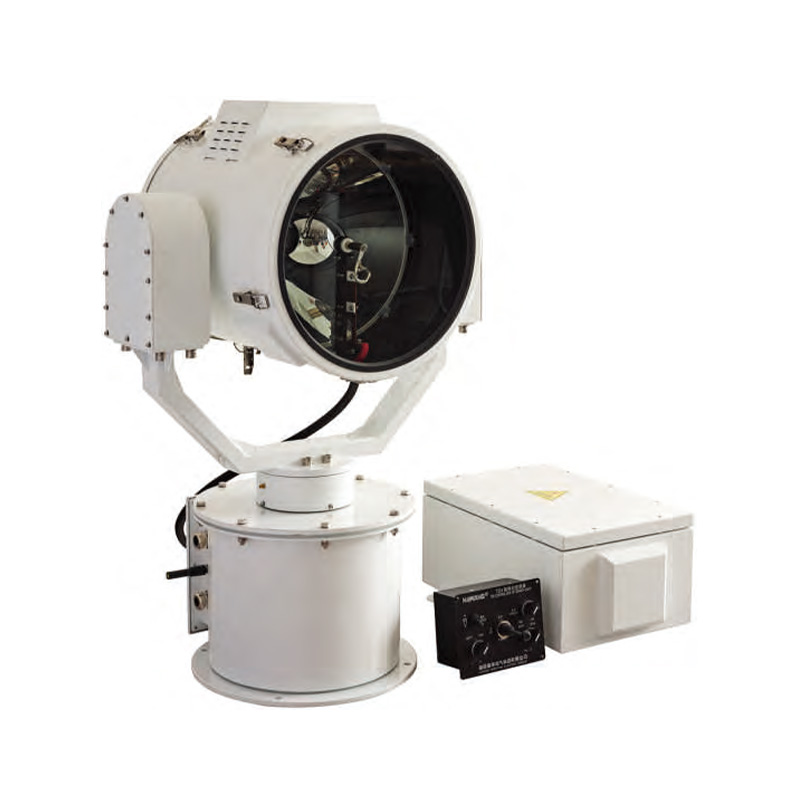
Advanced Technologies for Enhancing the Lifespan of Marine Searchlights
1. LED Technology
One of the most transformative advancements is the widespread adoption of LED technology. Unlike traditional halogen or HID lamps, LED marine searchlights offer an extended lifespan, with operational hours often exceeding 50,000. This longer life span reduces the frequency of replacements and associated maintenance downtime. Furthermore, LEDs are highly energy-efficient, consuming less power while generating less heat, which minimizes wear on internal components. Their solid-state design also makes them highly resistant to vibration and shock, two common stressors in marine operations.
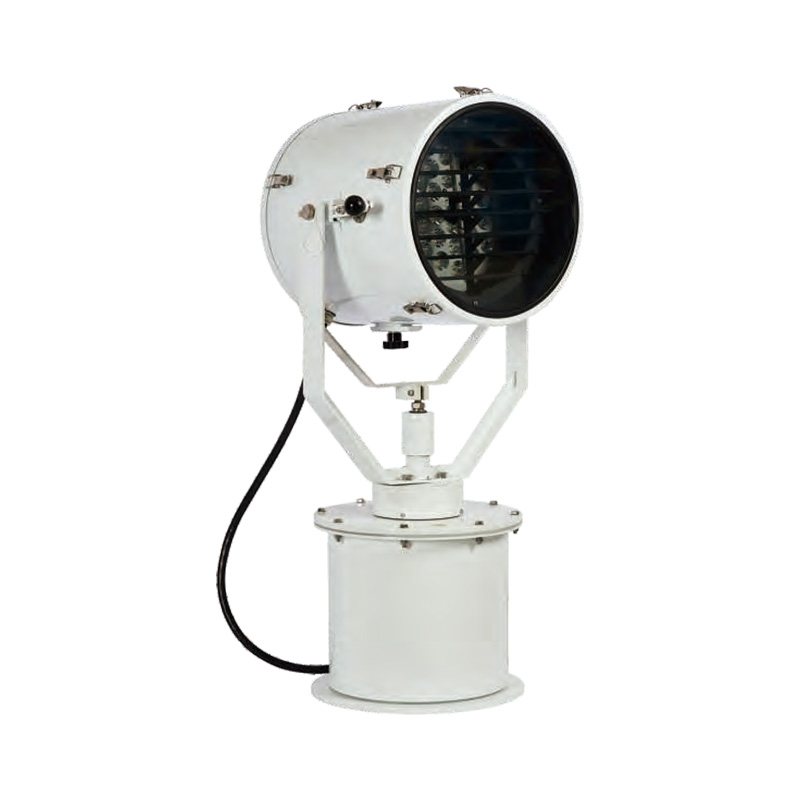
2. Corrosion-resistant Materials and Coatings
Searchlights now feature housings made from advanced materials such as marine-grade aluminum, stainless steel, and polycarbonate. These materials are highly resistant to saltwater corrosion, one of the primary causes of damage in marine environments. Additionally, the use of specialized coatings, such as anodized layers or anti-corrosion paints, provides an extra layer of protection.
Nanotechnology-based coatings are also gaining traction. These coatings create a hydrophobic surface that repels water, reducing the accumulation of salt and grime on the lens and housing.
3. Effective Heat Management Systems
Overheating can significantly shorten the lifespan of lighting components, particularly high-powered LEDs. Advanced cooling solutions, including both active systems like fans or liquid cooling and passive mechanisms such as heat sinks, ensure that internal temperatures remain within safe operating limits. By efficiently dissipating heat in high-power searchlights, these systems protect sensitive components from thermal degradation, even during extended use.
4. Advanced Sealing and Waterproofing Technologies
Modern marine searchlights are built to meet stringent Ingress Protection (IP) standards, often achieving ratings such as IP66 or IP67, which ensure robust resistance to water and dust intrusion. Sophisticated gaskets and pressure equalization valves prevent moisture ingress and condensation, which are common culprits in electrical failures and lens degradation. These measures are especially critical in the unpredictable and humid conditions of marine environments.
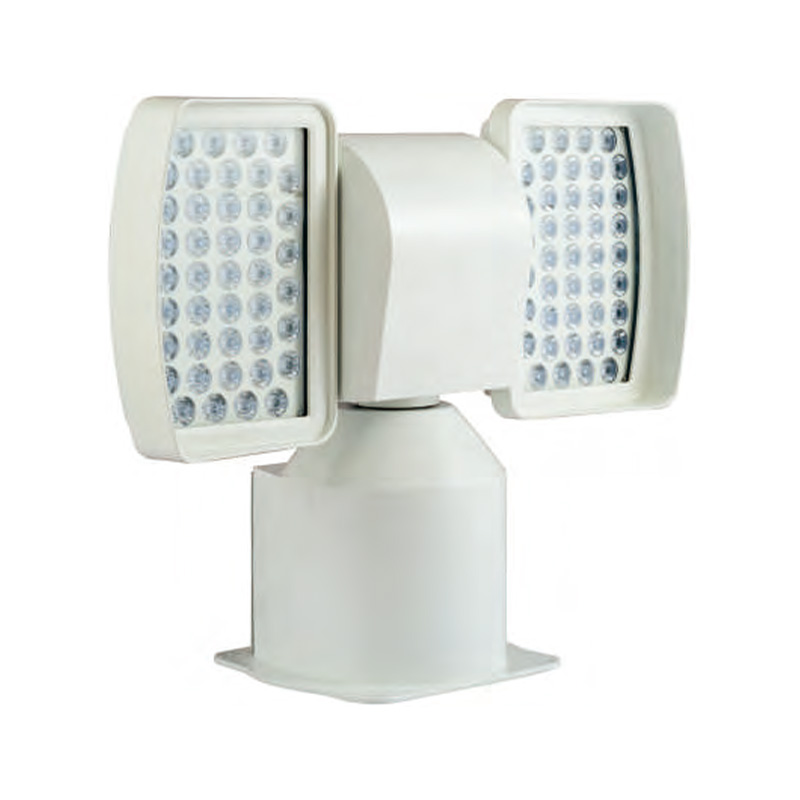
5. Smart Controls and Automation
Smart technology has revolutionized how marine searchlights operate and are maintained. Remote control searchlights now allow operators to adjust the searchlight’s beam direction, intensity, and focus with precision, reducing wear from manual adjustments. Self-diagnostic capabilities embedded within some models enable the detection of potential issues, such as overheating or electrical faults, before they escalate into costly repairs. Automatic marine searchlights further enhance the longevity by optimizing light output based on real-time conditions, thereby reducing unnecessary strain on components.
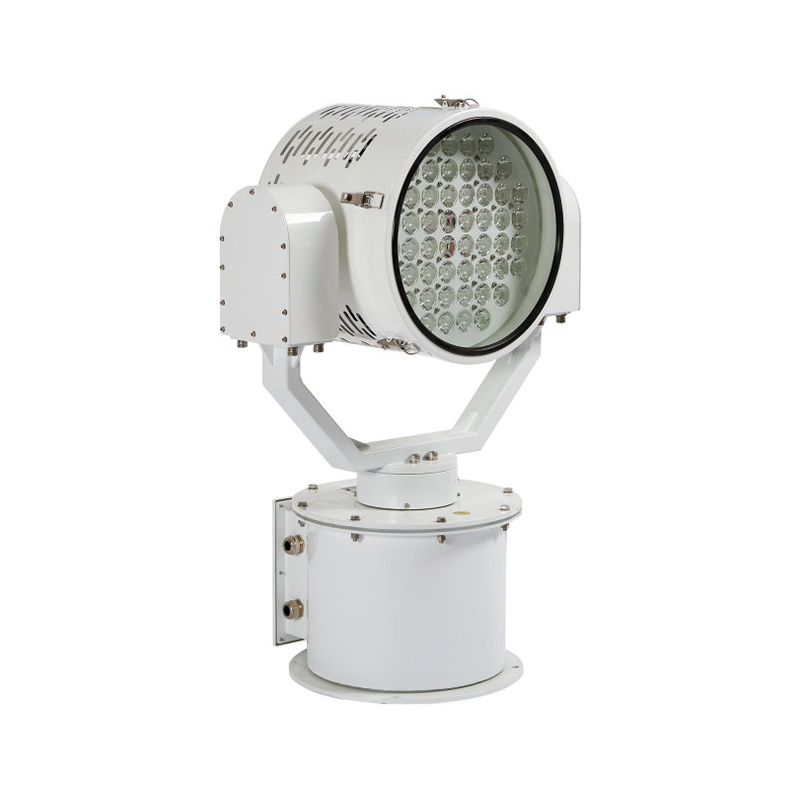
6. Anti-vibration Designs
Constant vibrations from the vessel can wreak havoc on searchlights, loosening components and leading to mechanical wear. Advanced marine searchlights incorporate shock-absorbing mounts and reinforced structures to counteract these effects. These features not only protect the internal components but also maintain the alignment and stability of the searchlight beam, ensuring consistent performance.
7. Modular and Repairable Designs
Modular systems allow for the easy replacement of individual components, such as LED modules or lenses, without requiring a complete overhaul of the unit. This design philosophy reduces maintenance time and costs while extending the overall usability of the equipment. Quick-access panels and tool-free mechanisms make routine inspections and repairs simpler and more efficient, further contributing to prolonged functionality.
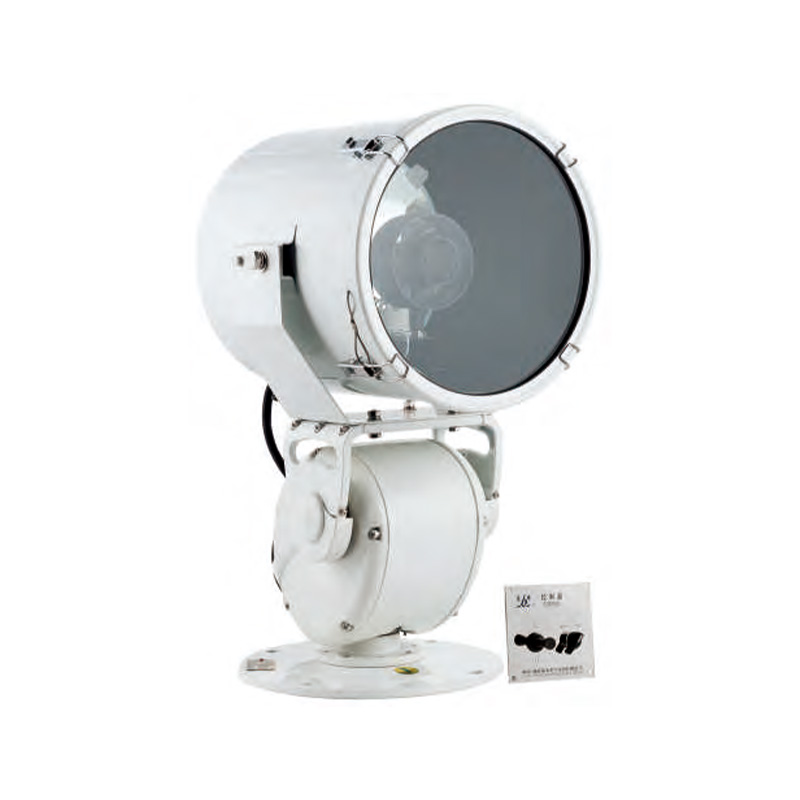
Summary
Through following best practices for maintenance, protecting against environmental challenges, and investing in high-quality searchlights, operators can significantly prolong the lifespan of the marine searchlights. The adoption of advanced technologies in marine searchlights has significantly enhanced their lifespan and reliability. From LED integration and corrosion-resistant materials to smart controls and modular designs, these innovations address the unique challenges posed by marine environments. With a combination of diligence and modern technology, searchlights can deliver long-lasting performance in the demanding conditions of the marine environment.
